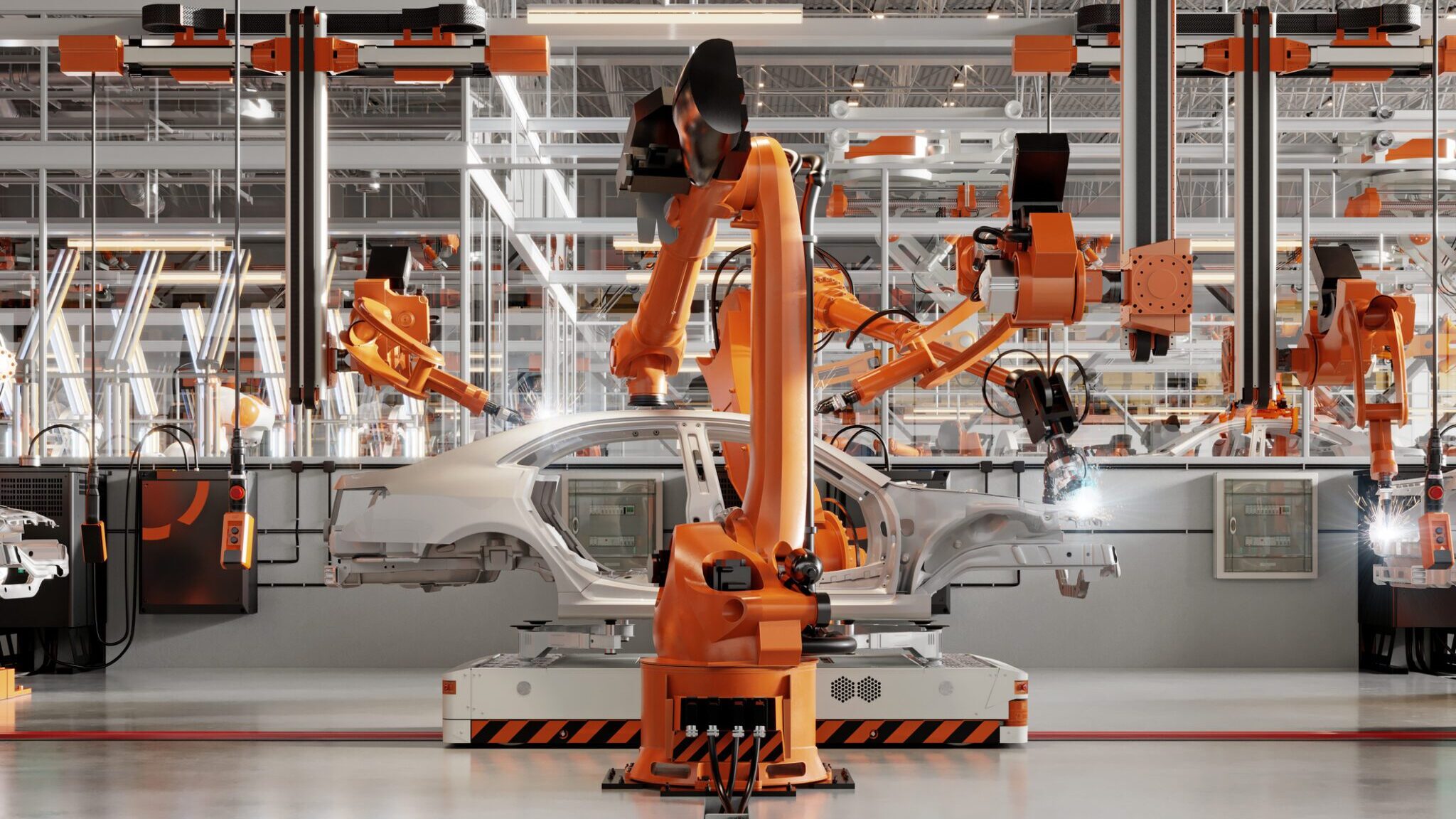Who Are SEP Leaders and Standards Developers for Smart Factory Technologies?

The way smart factories operate is being shaped by new connectivity standards like 5G. The manufacturing industry has specific 5G requirements that differ from public mobile broadband services, so smart factory applications must use different 5G application profiles. This article focuses on the most relevant 5G standards for these entities, but other highly patented standards like Wi-Fi, Bluetooth, RFID, NFC, color coding, and QR codes are increasingly being used in smart factory environments. The Industrial Internet of Things (IIoT) is a fully connected production environment that facilitates product manufacturing by organizing communication between manufacturing facilities, logistics systems, and networks of embedded production systems. The product provides manufacturing information in a machine-readable form (such as on an RFID chip), which is then used to control the product’s path along the production line.
5G standards play a central role in connectivity in smart factories, with three main application profiles:
- Ultra-reliable and low latency communications (uRLLC);
- Massive machine type communications (mMTC); and
- Enhanced mobile broadband (eMBB).
The 5G standard is subject to hundreds of thousands of potentially essential patents. The future of smart factory technologies will therefore rely on implementing patented connectivity standards. In this report, the LexisNexis IPlytics global database of declared patents and standard contributions was used to search for all relevant patent declarations and monitor standards-developing companies. All 5G technical specifications relevant to the three smart factory standards protocols were identified by searching for relevant keywords in the standards’ title, abstract and specification description.
